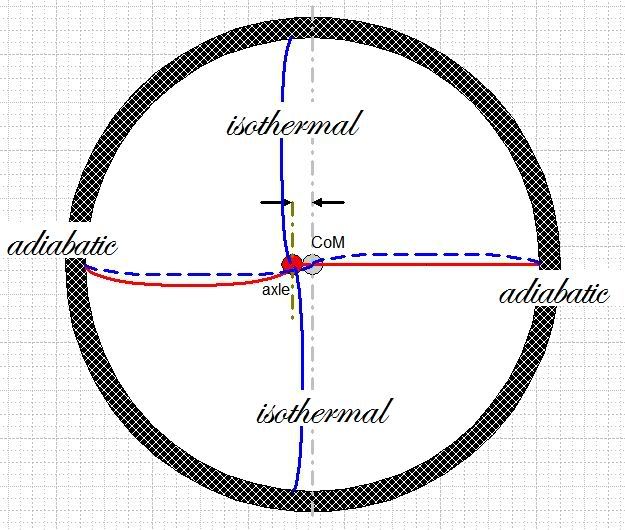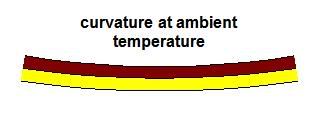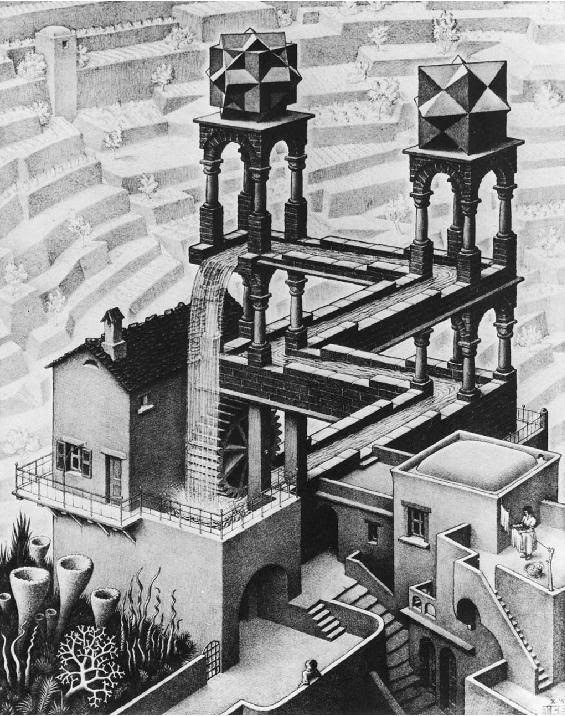
Mmm...
Well, it looks like impact really is the key after all.

Moderator: scott



Ah yes. The other degrees.FunWithGravity2 wrote:I have a friend that's a diabetic and I can't get over how warm my isothermal socks are. I can't believe the answer was this easy.
Can we see the other 359 degrees, or can you make one of those pretty perpetual illustrations/animations for me? I'm a little slow. Congrats on bringing your thread back.
"I'm a little slow" :)



Thanks. The material you are thinking of is Nitinol. There is a similar one which reacts to magnetic field called Terfenol-D. Both were developed by the Navel Ordnance Laboratory, hence the nol bit of their names.Fletcher wrote:Grimer .. shape memory metals may also be of interest to you - IIRC they are also thermally activated having one pre-cast shape at ambient & another after heating - that means they can act like springs & would have a morphing temperature that was specific & exact, so only small temperature fluctuations would be required - perhaps that could be induced by strain & heat in the way you bend a wire back & forth to break it & it gets warm in your hand.
N.B. I think the metals are alloys of Nickel & Titanium but I could well be wrong there [a long time since I read about them & the memory is fading - a quick google should give more info] - as a side note these temperature morphing metals are used in demolition work - instead of using explosives to bring down concrete buildings holes are drilled & short rods inserted - then an electric current is applied to take the temperature past the threshold, changing the rod width or bending it - this cracks the concrete by putting it under enormous pressure.

This is that later post.Grimer wrote:The template for the Perpetual Gravity Motor (PGM) was the Rubber Band Motor (RBM). One knew the RBM worked and so all that was required was a substitution of the action of gravity for the action of heat, a substitution of gravity energy for heat energy.
However, the mechanics of the RBM are very different from that of the PGM. More specifically the mechanics by which the rubber bands shorten with increase in temperature and lengthen with decrease in temperature is not only hidden within the band but also counter intuitive.
The question then arises: Is it possible to devise a mechanism which is closer to that of the PGM and which used temperature difference in the same way that the RBM uses temperature difference to power the wheel?
There is indeed such a mechanism which is very familiar to engineers in contrast to the atomic/molecular interaction of the RBM.
That mechanism is the bi-metallic strip invented by that pre-eminent inventor of his time John "Longitude" Harrison. Interesting that Bessler was also into clock making.
Harrison used a brass/iron metallic strip. "His earliest examples had two individual metal strips joined by rivets but he also invented the later technique of directly fusing molten brass onto a steel substrate." The thermal coefficient of expansion for brass is about twice that for iron so an initially straight strip will curve on heating in the manner shown below
Now one can use the same trick in constructing a bi-metallic strip motor as was used in the Perpetual Gravity Motor, i.e. having a strip which is has a built in curvature at ambient temperature. This mirrors the initial unstressed curvature of the beam-spokes in the Perpetual Gravity Motor. Consider a brass/iron bi-metallic beam having an initial curvature at ambient temperature as shown below.
If a suitably curved bi-metallic beam spokes are substituted for the rubber band spokes in the RBM then they will contract on being heated and expand on cooling as shown in the diagram below.
We now have two motors which depend on the same principle, the lengthening and shortening of beams. In the case of the Bi-Metallic Motor, the mode of action is perfectly clear and easier to understand than that of the Rubber Band Motor. Any competent engineer will recognise that it must work using an appropriate thermal differential between the two sides. More specifically with the left-hand-side above ambient temperature and the right-hand side below ambient temperature.
In the case of the Perpetual Gravity Motor the same engineer will have enormous psychological problems in recognising the existence of a difference in gravitational potential between the left and the right hand side.
This psychological difficulty will be dealt with in a later post.



A good question.AB Hammer wrote:Grimer
When a gravity wheel is realized and creating energy. How would you describe gravity then? And how is it producing energy? Or is it more of a conversion force to energy?

It was Europe's first horizontal windmill which probably confirms your theory for you, Frank.Was it a conventional mill or a Vorticis Horizontalis?
Thanks for the expert advice, John. I thought I'd read it somewhere or other.John Collins wrote:Grimer wrote:
Was it a conventional mill or a Vorticis Horizontalis?
It was Europe's first horizontal windmill which probably confirms your theory for you, Frank.
According to wikipedia the first practical windmills were the vertical axle windmills invented in eastern Persia in the 9th century.